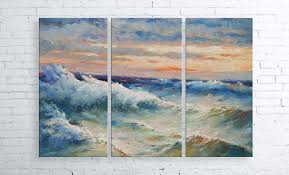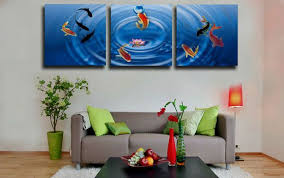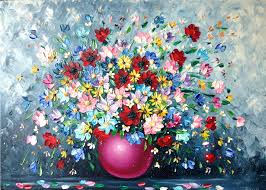different
TALKS ON THE ISLANDS OF ART (part 3)
 The desire for a new one, by all means, was imposed on art at the beginning of the 20th century. In canonical arts, in Russian iconography, for example, the artist was free from the search for composition. He directed all his internal energy to spiritualize the image. There is such an opinion in Russian philosophy of art: the more external limitations the artist has, the freer he is internally. I certainly do not call for this. Now this is impossible. Everyone just has their own way.
The desire for a new one, by all means, was imposed on art at the beginning of the 20th century. In canonical arts, in Russian iconography, for example, the artist was free from the search for composition. He directed all his internal energy to spiritualize the image. There is such an opinion in Russian philosophy of art: the more external limitations the artist has, the freer he is internally. I certainly do not call for this. Now this is impossible. Everyone just has their own way.
I also think that virtual worlds stored on infinitely renewable media, or printed with ink of dubious durability, can burst like soap bubbles at any time.
A pile of plastic garbage will be a monument to the 21st century. Continue reading
sepia
province
unshakable
enthusiasm
landscape
minerals
performance
artists
phenomenon
snowflakes
documentary
until
members
reproduction
returned
absolutely
musician
various
background
student
subsequent
photography
milestone
contact
institution
emergence
number
communal
Museum
arrogance
composition
school
characteristic
creation
movements
combination
professional
density
soldiers
landscapes
troubles
again left
available
technologies
modest
festivals
technique
harmony
finally
distinguished
manufacture
canvas
transmitted
decorative
watercolors
educational
community
workshop
resistant
ideological
development
different
period
sixties
selection
traditions




